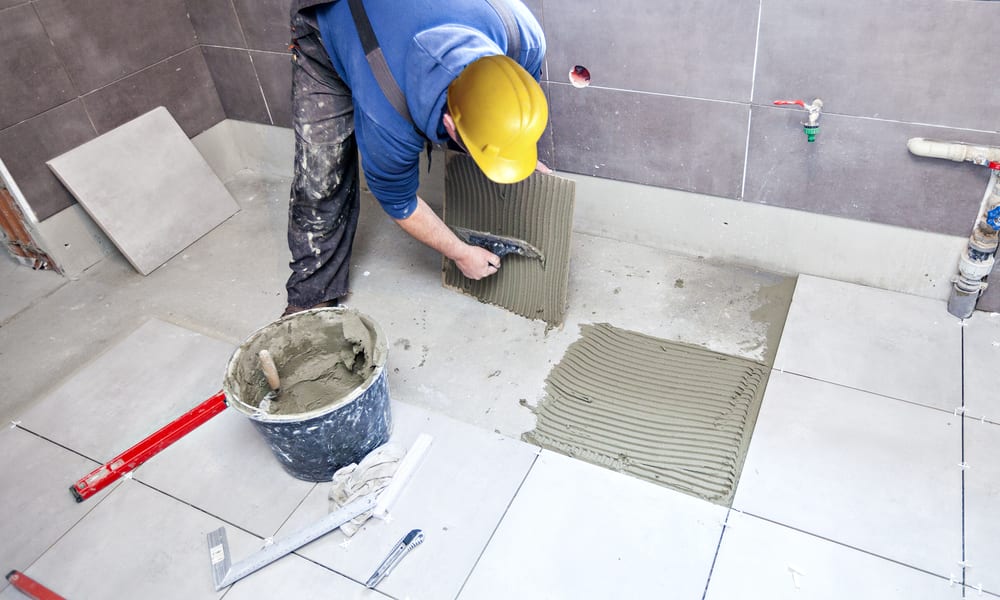Discover How Home Renovation Might Be Cheaper Than You Think
Home renovation often feels like a luxury reserved for those with deep pockets, but this perception couldn't be further from the truth. Many homeowners avoid updating their spaces because they assume the costs will be overwhelming. However, with strategic planning, smart choices, and understanding the real factors behind renovation pricing, transforming your home can be surprisingly affordable and accessible for most budgets.

What Are the Most Common Misconceptions About Home Renovation Costs?
One of the biggest myths surrounding home renovation is that all projects require massive financial investments. Many homeowners believe they need to renovate entire rooms or hire expensive contractors for every task. In reality, numerous renovation projects can be completed affordably through DIY approaches, strategic material choices, and focusing on high-impact changes rather than comprehensive overhauls.
Another widespread misconception is that quality materials always come with premium price tags. While luxury materials certainly exist, many cost-effective alternatives offer excellent durability and aesthetic appeal. For example, laminate flooring can mimic hardwood at a fraction of the cost, and ceramic tiles can replicate expensive natural stone appearances without the associated expenses.
How Can You Find Affordable Ways to Upgrade Spaces Without Breaking the Bank?
Smart renovation starts with identifying which changes deliver the most visual impact for the least money. Painting walls remains one of the most cost-effective transformations, often costing under $200 for an average-sized room while dramatically changing the space’s appearance. Similarly, updating cabinet hardware, switching out light fixtures, and adding new window treatments can refresh rooms without major construction work.
Focus on cosmetic updates before considering structural changes. Simple upgrades like installing new faucets, updating switch plates and outlet covers, or adding decorative molding can modernize spaces significantly. These projects typically require minimal tools and can be completed over weekends, eliminating labor costs while building valuable DIY skills.
What Hidden Factors Influence Renovation Budgets Most Significantly?
Several underlying elements can dramatically impact renovation costs that many homeowners overlook during initial planning. The age and condition of your home’s infrastructure plays a crucial role – older homes may require electrical or plumbing updates that weren’t part of the original renovation vision. However, addressing these issues incrementally rather than all at once can spread costs across multiple years.
Geographic location significantly affects both material and labor prices. Rural areas often have lower labor costs but potentially higher material transportation fees, while urban areas may offer more competitive material pricing but increased labor expenses. Understanding your local market helps create realistic budget expectations and identifies opportunities for savings.
Which Expert Tips for Saving Money During Home Renovation Actually Work?
Timing your renovation projects strategically can lead to substantial savings. Many contractors offer discounted rates during slower seasons, typically fall and winter months. Additionally, end-of-season sales at home improvement stores can provide significant discounts on materials, appliances, and fixtures.
Shopping at multiple retailers and comparing prices online versus in-store often reveals price disparities. Many retailers offer price-matching policies, allowing you to secure the best deals without sacrificing convenience. Consider purchasing slightly used or returned items from home improvement stores, which often sell these products at considerable discounts despite being in excellent condition.
How Do Small Renovations Lead to Major Value Increases in Today’s Market?
Recent market trends show that strategic small renovations often provide better return on investment than major overhauls. Kitchen updates focusing on cabinet refacing, new countertops, and modern appliances typically recoup 70-80% of their cost in home value increases. Similarly, bathroom updates emphasizing new fixtures, updated lighting, and fresh tile work can significantly boost property appeal without extensive reconstruction.
Energy-efficient improvements represent particularly smart investments, as they provide ongoing savings while increasing home value. Simple upgrades like LED lighting, programmable thermostats, and improved insulation often pay for themselves through reduced utility bills while making homes more attractive to potential buyers who increasingly prioritize sustainability features.
What Do Real Renovation Costs Look Like Across Different Project Types?
Understanding actual renovation costs helps homeowners make informed decisions about which projects fit their budgets. The following comparison shows typical cost ranges for popular renovation projects, though prices vary based on location, materials chosen, and whether you hire professionals or complete work yourself.
| Project Type | DIY Cost Range | Professional Cost Range | Potential Value Added |
|---|---|---|---|
| Bathroom Update | $500-$2,000 | $3,000-$8,000 | $2,500-$6,000 |
| Kitchen Refresh | $1,000-$3,500 | $5,000-$15,000 | $4,000-$12,000 |
| Interior Painting | $200-$800 | $1,200-$3,000 | $1,000-$2,500 |
| Flooring Update | $800-$2,500 | $2,500-$6,000 | $2,000-$5,000 |
| Lighting Upgrade | $300-$1,000 | $800-$2,500 | $800-$2,000 |
Prices, rates, or cost estimates mentioned in this article are based on the latest available information but may change over time. Independent research is advised before making financial decisions.
Home renovation doesn’t have to drain your savings account or require years of financial planning. By understanding real costs, focusing on high-impact changes, and leveraging both DIY skills and strategic professional help, most homeowners can achieve meaningful improvements within reasonable budgets. The key lies in prioritizing projects that align with your goals, whether that’s increasing home value, improving functionality, or simply creating spaces you love spending time in. With proper planning and realistic expectations, your renovation dreams can become achievable realities.



